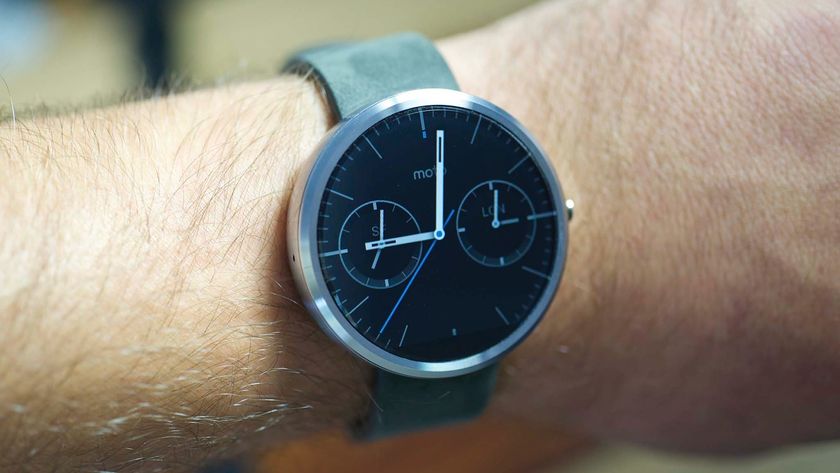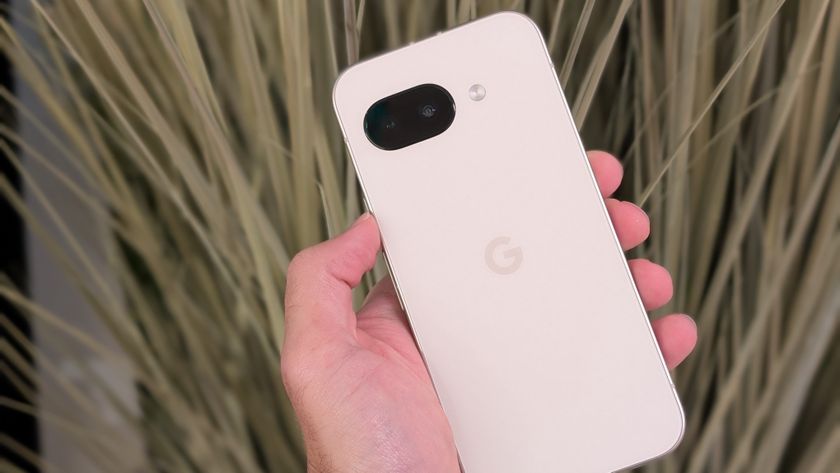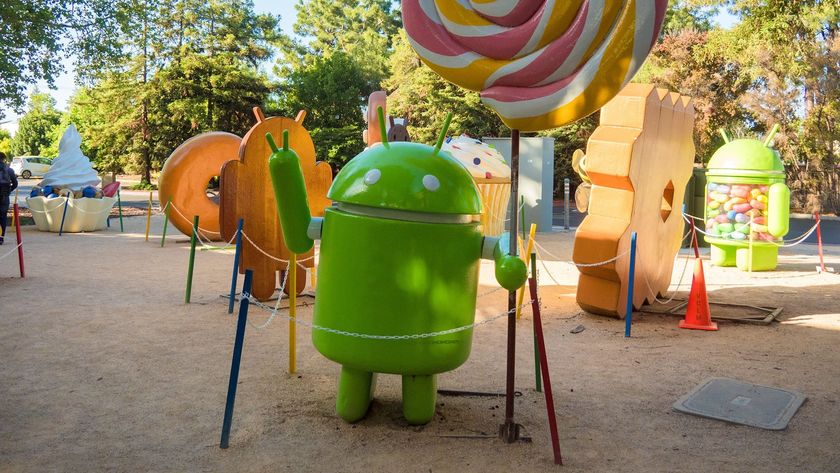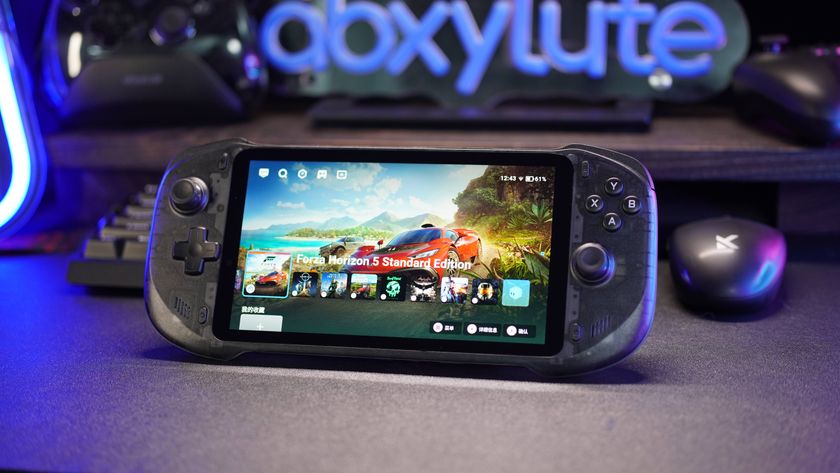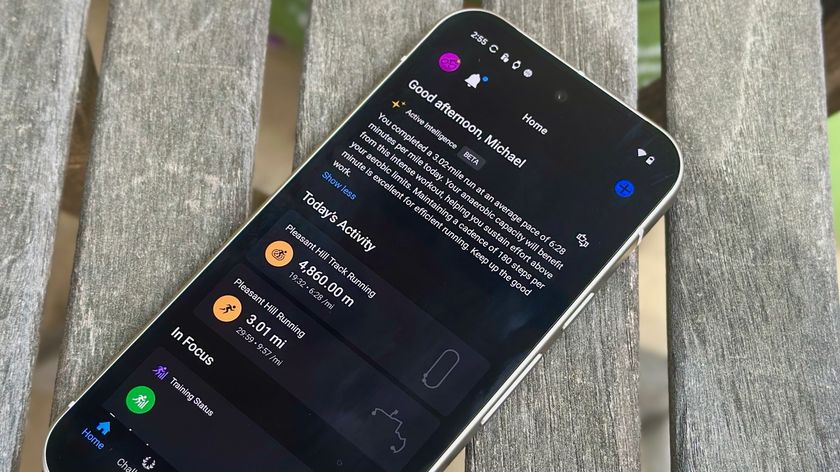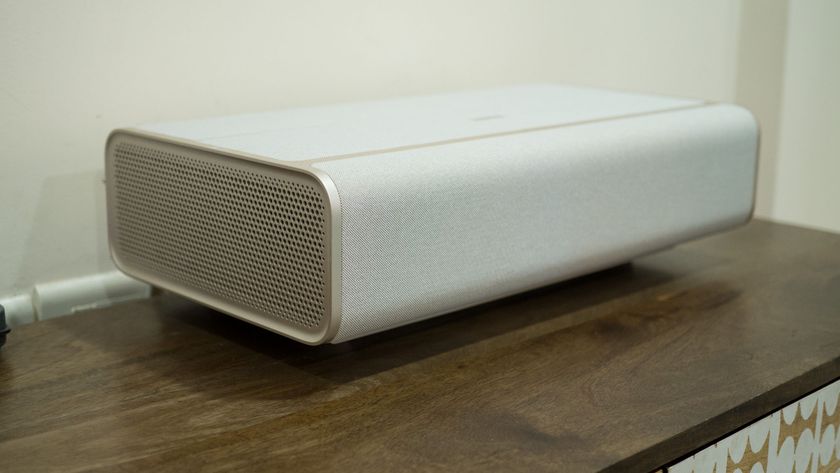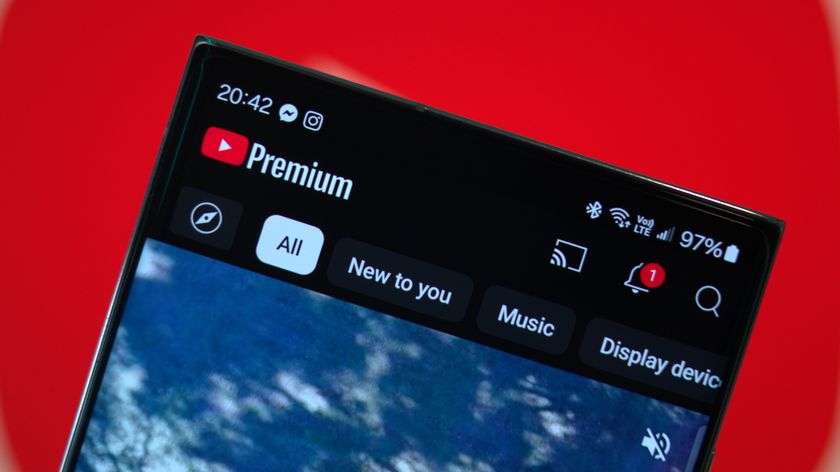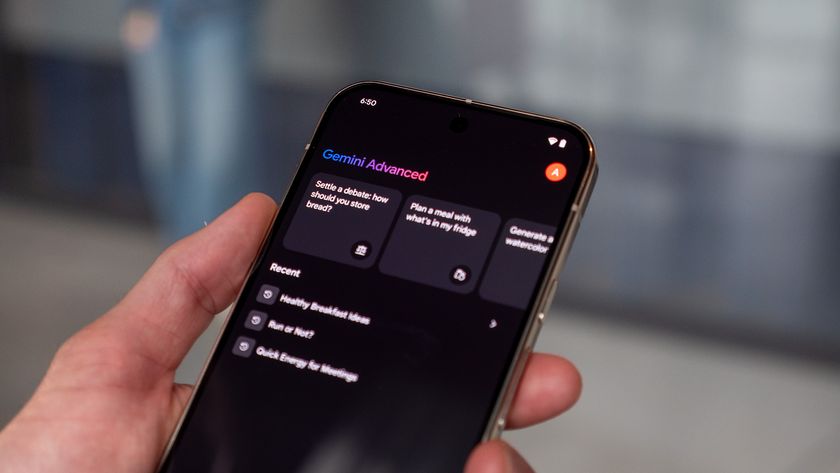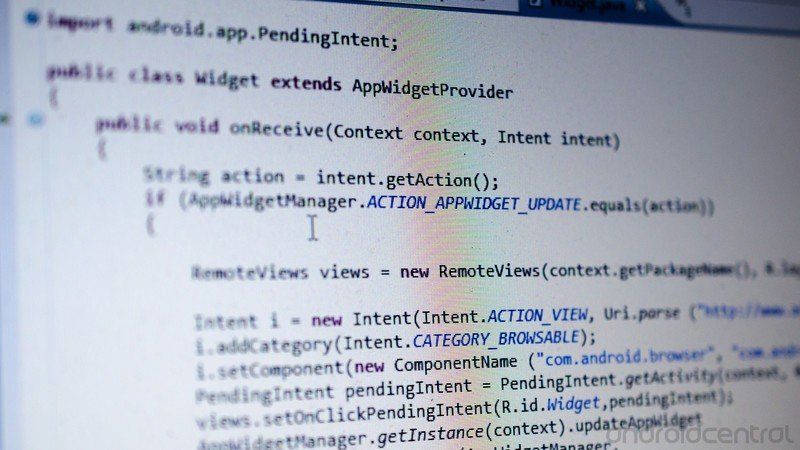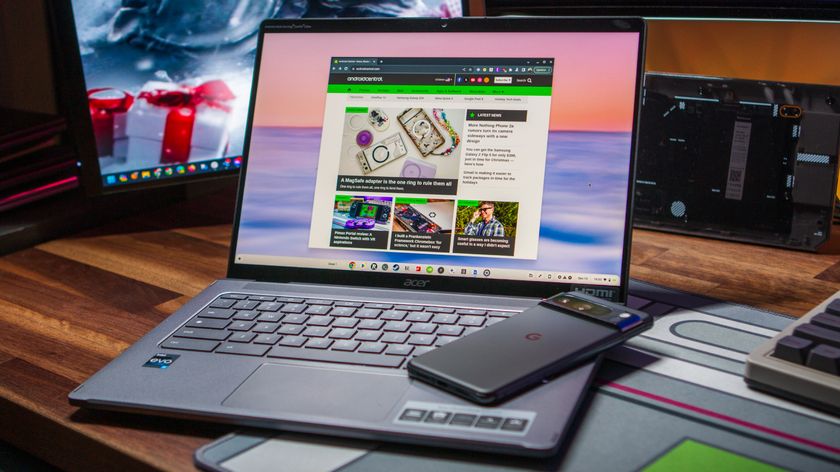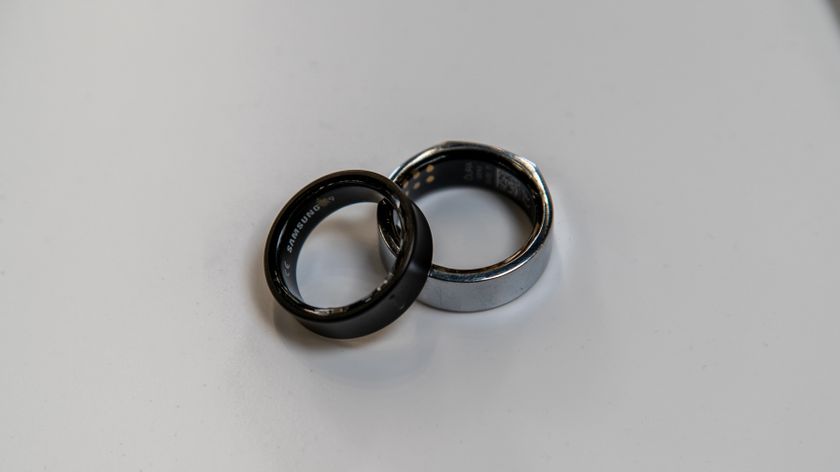Every Android smartwatch has a Black Friday deal; here's how I'd choose as a wearable expert
As someone who tests Android watches for a living, I'll steer you towards a Pixel, Galaxy, TicWatch, or OnePlus watch based on what you need.
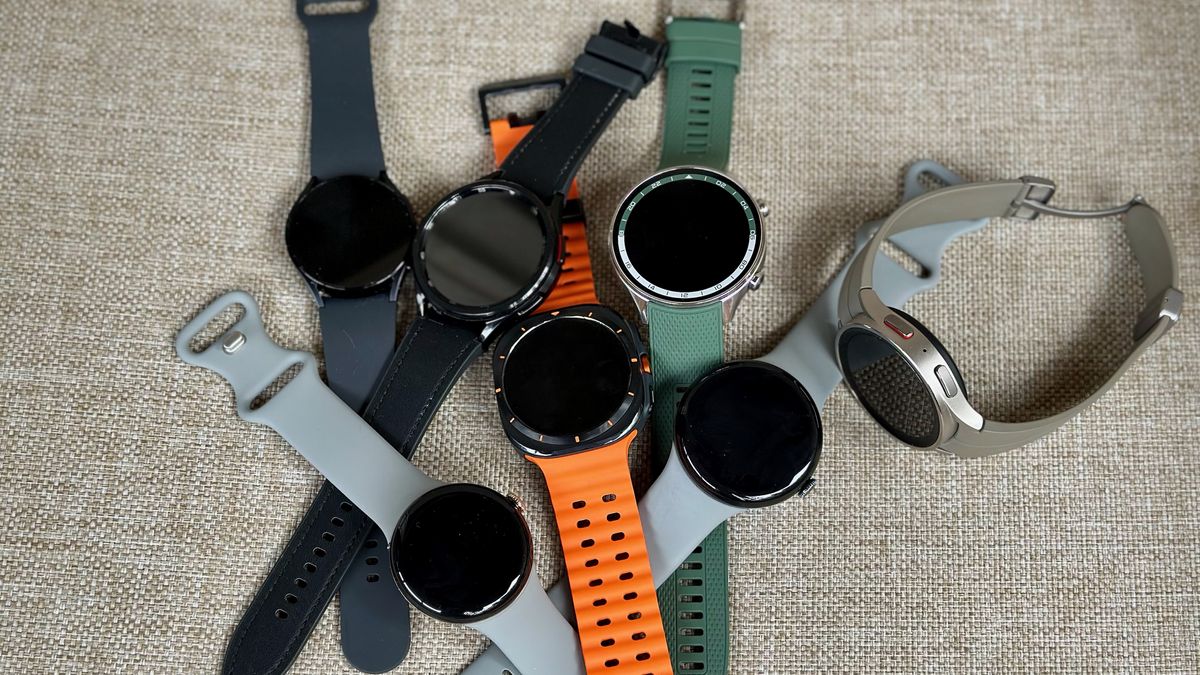
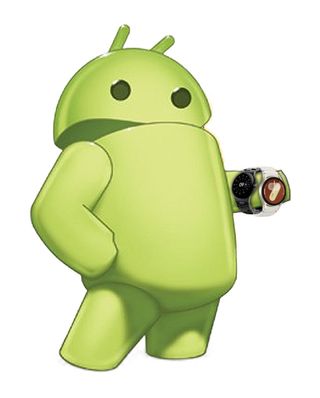
My new weekly column focuses on the state of Wear OS, from new developments and updates to the latest apps and features we want to highlight.
Just a few years ago, I'd never used any Android smartwatch. Now look at my pile of Wear OS review units above; I've spent weeks or months with each of the most popular Android watches, and fancy myself a Wear OS expert. With Black Friday deals in full swing, I'm here to point you toward the watch you actually need, not just the best price or impulse buy.
It's my job this week to highlight Black Friday smartwatch deals, but they're all on sale. The old Wear OS 3.5 watches like the TicWatch E3 ($79) or Pro 3 ($119) are the cheapest; the last-gen Pixel Watch 2 ($145) and Galaxy Watch 6 ($139) fall in the middle; and the latest Galaxy, Pixel, and OnePlus watches are all about $200–300, depending on which size you choose.
This Android smartwatch Black Friday guide will run through the hardware, software, health, and fitness differences across each major brand, to help you choose the best fit! And within each brand, I'll help you decide if, for instance, you can get away with a last-gen Pixel Watch, or if you'd prefer the Watch 6 Classic or Ultra.
Wear OS 3, 4, 5, and beyond
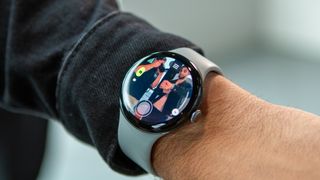
You can technically use almost any fitness smartwatch with Android, and most of our favorites from Garmin, Fitbit, and others are on sale too! But this guide will focus more on Wear OS watches that integrate directly with Android phones and apps.
Wear OS 3 or 3.5 watches like the Fossil Gen 6 and TicWatch Pro 3 are very cheap right now and still receive the occasional security update, but their older hardware can't accommodate the newer software. I'll walk you through whether Wear OS 4, 5, and future versions are worth paying extra for.
Wear OS 4 added the ability to backup and restore your smartwatch, as well as transfer it to a new phone without having to factory reset it and lose all your apps and settings. It also made some power optimizations such as enabling XML watch faces, to help your watch last longer.
Wear OS 5 is where Google and Samsung really went all out. The software became much more efficient by pushing more actions to the low-powered coprocessor. Content now reflows to take advantage of larger screens, while watch faces added some key metrics like weather forecasts and goal progress; Google added new tools like Recorder, Google Home controls, and a camera viewfinder, while fitness apps could now support more in-depth and responsive workouts. Samsung watches also added AI-enabled Energy scores and suggested replies, plus new gestures and sleep apnea detection.
We don't know yet what Wear OS 6 will bring to the table, but the current focus seems to be on battery efficiency, new fitness tricks, Google app integrations, and more AI capabilities. If you can get a smartwatch with Wear OS 5, or due to receive Wear OS 6+, then you'll know it's built to last.
Samsung Galaxy Watch (7, Ultra, Classic): Pros and cons

Samsung watches have the highest sales among Android smartwatches, most likely because it's the top-selling Android phone brand and people like the interplay between Galaxy devices. However, Samsung's size and global reach have allowed it to sell a greater variety of watch designs, launching Ultra, Classic, Pro, and FE models in the last three years.
Samsung Galaxy Watches' strengths:
- Exynos hardware is optimized for speedy performance
- Classic, Ultra both offer unique looks for Android watches
- Most Wear OS updates (4 years) and speediest behind Google
- Samsung Health AI insights are useful and currently free (though maybe not in 2026+)
- Latest models have accurate HR and GPS tracking
Samsung Galaxy Watches' weaknesses
- Mainline watch design isn't that attractive; lack of crown is polarizing
- Need to pay top dollar for consistent multi-day battery life (Ultra)
- Galaxy Watch FE is just a reskinned Watch 4 with old tech
- Some features require Galaxy phone (AFib detection, sleep apnea)
Current deals: As of publication, the Watch FE ($126), Watch 6 ($139), Watch 7 ($202), Watch 6 Classic ($239), and Watch Ultra ($434) all have significant Black Friday discounts. They're cheapest on Amazon, but if you buy from Samsung, you can trade in any watch for $100 extra off, or most Galaxy Watches for $200–300 off, making most of them close to free.
My recommendation: The Galaxy Watch 7, Watch Ultra, and Watch 6 are all on my best Android watch guide, and we've given each glowing reviews with a few caveats. Any of these are worth buying, especially if you have a Galaxy phone.
Comparing the Watch 7 vs. Watch 6, they aren't all that different aside from the newer Exynos chip, extra storage, and improved GPS and HR data. I would benefit from the Watch 7 because I'm a runner, but the Watch 6 is more than good enough for casual athletes, especially at that price and with three years of updates remaining. That's my first recommendation.
You can also pay a little extra for the Watch 6 Classic, but only if you're really invested in its style and the physical rotating bezel. Since Samsung abandoned the Watch 5 Pro, it could easily do the same for the 6 Classic now that it has the expensive Ultra; that means now's your chance to get one.
I love my Galaxy Watch Ultra for its doubled battery life, 3,000-nit display, and cooler design than other Galaxy Watches. But even at a deal price, it's expensive; you can cut the price down to $189 with the right trade-in, but at the full $434, it's harder to recommend when you can get another Galaxy Watch for less than half that.
Google Pixel Watch (3 and 2): Pros and cons
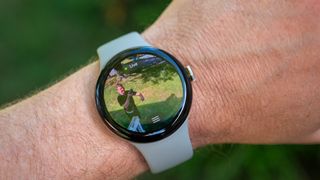
While the original Pixel Watch was a long-delayed, fun but flawed smartwatch, the Pixel Watch 2 and Watch 3 fixed its flaws by adding a properly fast Snapdragon chip (PW2), an array of Fitbit sensors (PW2), and a bright, thin-bordered display in two sizes (PW3). Without these deal-breakers, the Pixel Watch has become a great Pixel phone companion.
Google Pixel Watches' strengths:
- First to receive a lot of Google-specific apps and tricks, with three OS updates
- Probably the most non-traditional and eye-catching Android watch design
- Fitbit health data is often spot-on, and its fitness software keeps improving
- All-around strong performance and improved battery life with Wear OS 5
Google Pixel Watches' weaknesses:
- Rounded display is fairly vulnerable to damage, lacks sapphire glass
- Tends to be the most expensive and least frequently discounted, with the only Wear OS health subscription
- No alternate or "Ultra" versions with enhanced battery for power users
Current deals: The Pixel Watch 3 45mm ($329) is only $70 off, but the LTE version ($329) is $170 off, meaning you might as well get the free cellular perk. The Pixel Watch 3 41mm ($279) is a little more affordable, while the Pixel Watch 2 ($145) has a strong discount.
My recommendations: Several Android Central staffers use the Pixel Watch 3 as their daily smartwatch despite having other free options on hand; that's why I titled my Watch 3 review "Our favorite smartwatch." They prefer Google's colorful UI and stock Wear OS software to Samsung's One UI Watch — not to mention the Pixel Watch's more attractive look and crown controls.
That being said, the Pixel Watch 3 and 2 aren't for everyone. They have exclusive integrations with Pixel phone apps and tools, which may be a deal-breaker or draw for you. Fitbit caters to athletes, but the lack of metal around the display doesn't lend itself to rugged sports conditions. And other Wear OS watches last days longer.
If you're weighing the Pixel Watch 3 vs. Watch 2, it really comes down to whether or not you want to jump from a thick-bordered 1.2-inch display to a brighter, smoother 1.28- or 1.43-inch display. The newer watch has other upgrades like faster charging and UWB that the linked guide runs through; the visual downgrade is what matters most, but it'll save you about $130. Not a bad trade!
OnePlus Watch (2 & 2R): Pros & cons
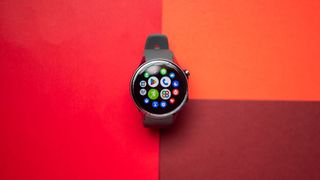
OnePlus' first Wear OS watch, the OnePlus Watch 2, was a collaborative effort with Google, using Wear OS for the main Snapdragon chip but a coprocessor running its proprietary RTOS for background tasks. The OnePlus Watch 2R has the same internals, only a plainer and less rugged design for a lower price. Both have OnePlus' trademark fast-charging tech and strong performance, but also some flaws that more polished Wear OS watches lack.
OnePlus watches' strengths:
- The battery life will blow you away
- Military-grade durability and classic style (Watch 2 only)
- Surprisingly decent fitness accuracy with dual-band GPS
- Very affordably priced
- Two promised Wear OS updates
OnePlus watches' weaknesses
- No smaller display option or working crown
- No guarantee on how quickly Wear OS updates will arrive
- OHealth is bare compared to Samsung Health or Fitbit
- No LTE option outside of China
Current deals: The OnePlus Watch 2 ($199) has a greater discount than the Watch 2R ($169), and it's also the only watch currently available on Amazon. The Watch 2R ships directly from OnePlus and comes with a free fluoroelastomer band in the box.
My recommendation: The main reason to buy the Watch 2 is for its 3–4-day battery life, matching or beating the Galaxy Watch Ultra but for less than half the price. In exchange, you miss out on Samsung or Google perks like ECGs, skin temperature readings, standalone cellular, crown or bezel controls beyond screen swipes, and so on.
I also don't think I'd like using OHealth as my regular fitness guide; if you choose the Watch 2, I'd recommend relying on a third-party Wear OS option like Strava instead.
According to a leaker, the OnePlus Watch 3 arrives in January alongside the OnePlus 13. If that's true, then you may want to wait on buying the Watch 2. This new launch could herald the missing Wear OS 5 update for the older watches; if the Watch 3 also launches with Wear OS 4, that'll reveal something about whether or not OnePlus can keep up with Google and Samsung on software.
Mobvoi TicWatch (E3, 3, 5, Enduro, Atlas): Pros and cons
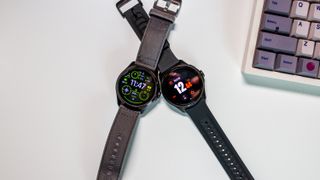
TicWatch is the one Wear OS brand left standing that doesn't have its own ecosystem of devices and focuses solely on smartwatches. It releases new watches every year like clockwork, and we've almost always given them positive reviews. But ever since Wear OS 3, Mobvoi has fallen about a year behind other brands on updates while losing access to features like Google Assistant.
Mobvoi TicWatch strengths:
- Enduro and Atlas have durability, battery life of GW Ultra for much less
- Unique dual-panel display can stretch battery over a month
- Performance is reliably fast, with access to Play Store suite
Mobvoi TicWatch weaknesses:
- Will probably remain a year behind Google and Samsung for updates, with no sign of Google Assistant
- Current watches have no guaranteed number of updates
- Most models come in one large, heavy size
Current deals: The TicWatch E3 ($79), Pro 3 GPS ($79), and Pro 3 Ultra ($119) are all about as cheap as a Wear OS watch is likely to be. For newer models with updated software, the TicWatch Pro 5 ($209) and Pro 5 Enduro ($244) are both over $100 off, while the newest Atlas ($279) is affordable if you compare it to the Galaxy Watch Ultra or Pixel Watch 3 45mm.
My recommendation: The Mobvoi Wear OS 4 update has a wide array of optimizations and fitness features. Older smartwatches like the TicWatch E3 and Pro 3 won't receive it, so read that list and decide if you can live without these perks before you buy a last-gen model. Personally, I wouldn't buy the older models, but that's because I'm willing to spend a little more on a smartwatch.
As for the latest models, we only rated the TicWatch Pro 5 higher than the 5 Enduro because the software update issue wasn't fully clear in 2023, and we expected the watches to get Google Assistant like Fossil watches did. By and large, you're buying TicWatches for the same reason as OnePlus watches: for the affordable battery life and rugged designs, and if you're less concerned about cutting-edge smart features.
Look at it this way: do you actually use smartwatch apps, or do you only use smartwatches to check notifications and work out? If the latter, then perhaps you don't need a Pixel or Galaxy watch with years of features to come, and you'll be happy with an affordable TicWatch instead.
We technically didn't cover every Wear OS smartwatch, but I don't recommend buying the Fossil Gen 6 — also on sale for Black Friday — because Fossil doesn't support Wear OS anymore, aside from the occasional security update. And if you find any other Wear OS watch in stock like the Citizen CZ Smart, the same principle applies (skip it).
The Xiaomi Watch 2 and 2 Pro aren't sold in the United States, and we've yet to review them; if they happen to be on sale in your region, then most of my OnePlus pros and cons will probably apply. On paper, they're very similar watches.
Otherwise, whatever Android smartwatch you're looking for, it's probably on sale right now! So hopefully this guide will help you focus on what you need (or don't need) from your next cheap smartwatch.
Be an expert in 5 minutes
Get the latest news from Android Central, your trusted companion in the world of Android

Michael is Android Central's resident expert on wearables and fitness. Before joining Android Central, he freelanced for years at Techradar, Wareable, Windows Central, and Digital Trends. Channeling his love of running, he established himself as an expert on fitness watches, testing and reviewing models from Garmin, Fitbit, Samsung, Apple, COROS, Polar, Amazfit, Suunto, and more.
You must confirm your public display name before commenting
Please logout and then login again, you will then be prompted to enter your display name.
